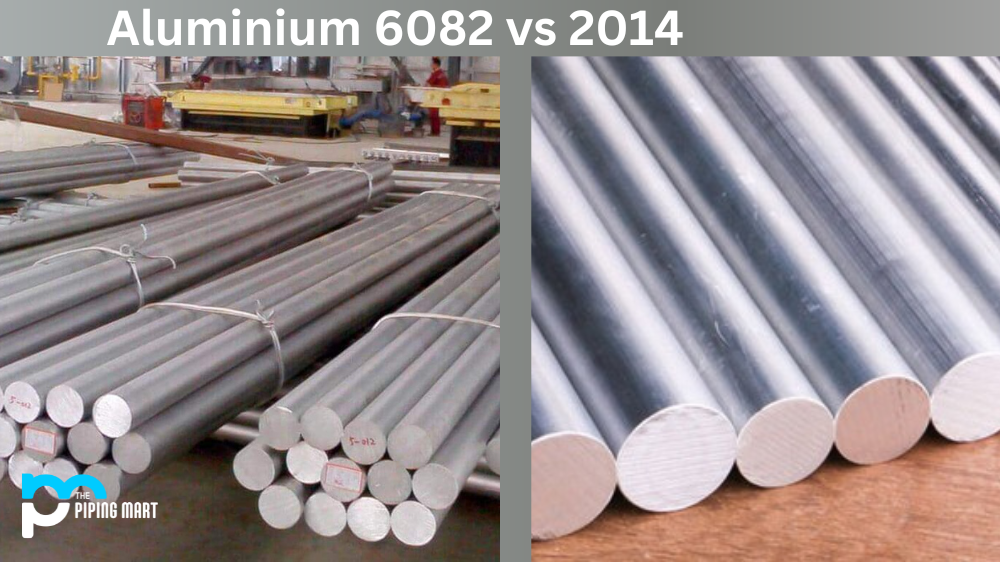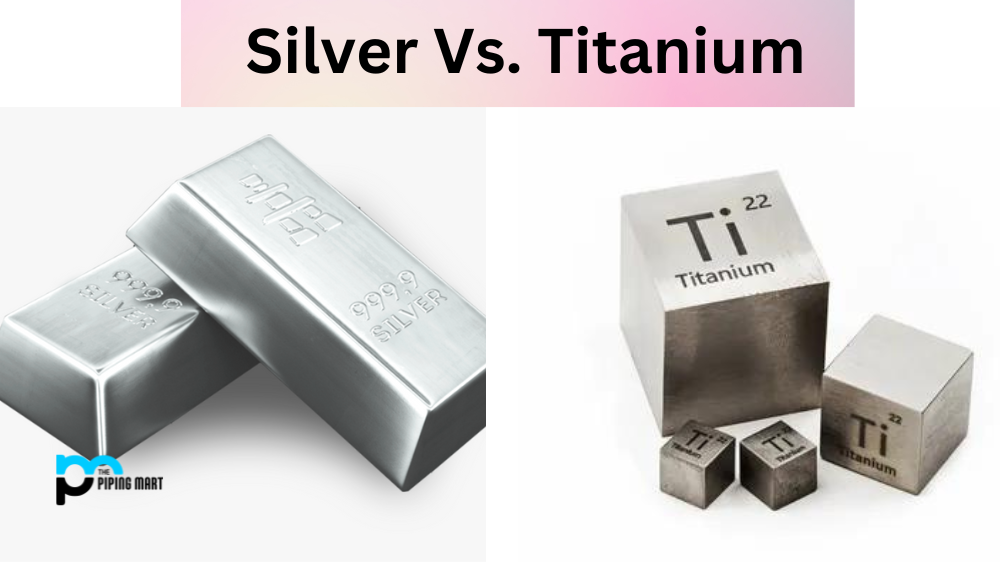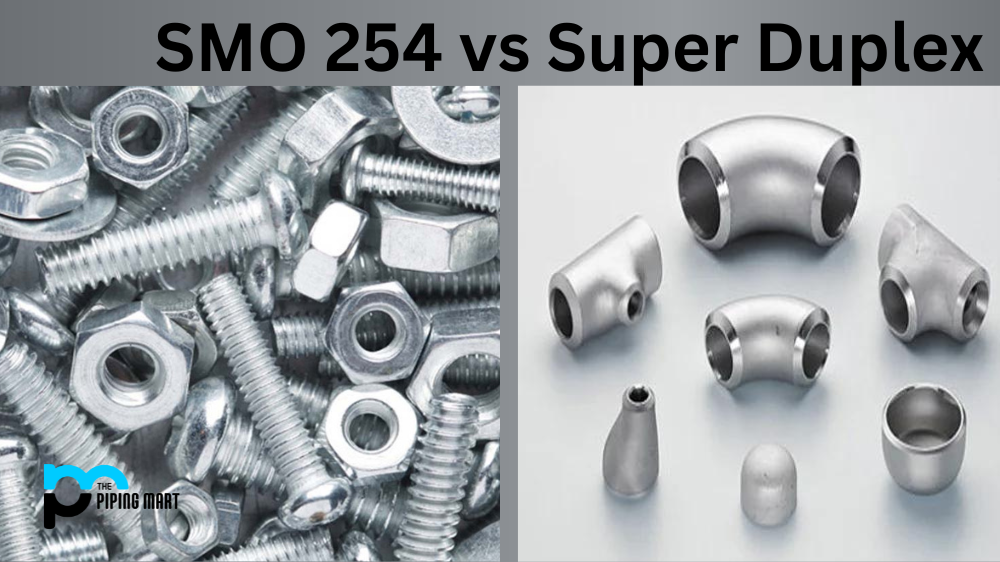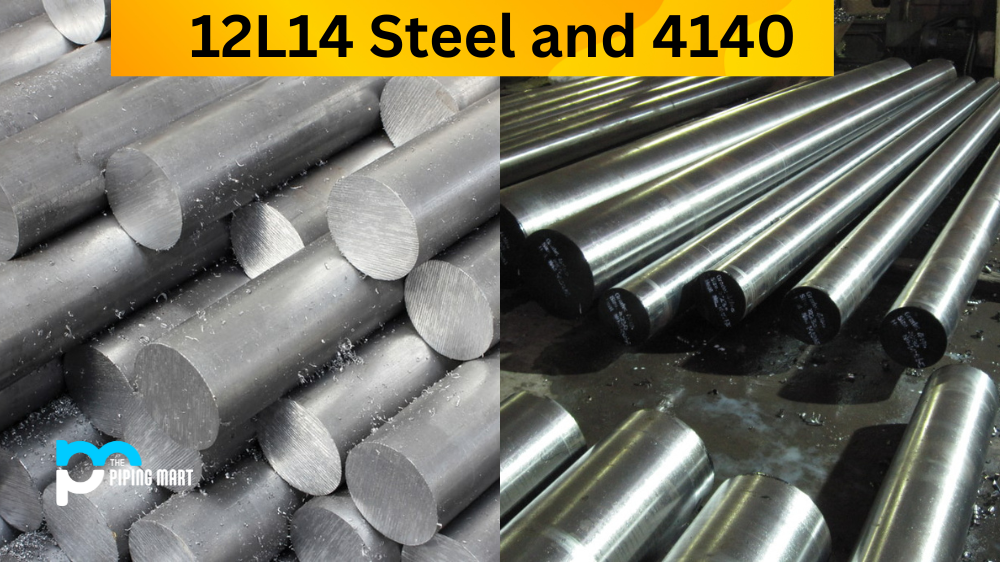Aluminum is a popular metal choice for many applications due to its impressive properties, high strength, lightweight, and excellent corrosion resistance. Two commonly used aluminium alloys are 6082 and 2014. Although they share some similarities, notable differences make each alloy more suitable for some applications than others. In this blog post, we will comprehensively compare the two aluminium alloys to help you make a well-informed decision for your project.
Difference Between Aluminium 6082 and 2014
Chemical Composition and Properties
Aluminium 6082 and 2014 are both part of the aluminium-magnesium-silicon family of alloys. However, 6082 has slightly higher magnesium content (0.6-1.2%) than 2014 (0.2-0.8%). The higher magnesium content in 6082 gives it better strength and corrosion resistance, especially in marine environments where it is the preferred alloy. On the other hand, 2014 has a higher copper content (3.9-5%), making it more suitable for applications that require high strength and thermal conductivity, such as aircraft frames and engine components.
Machinability and Weldability
Aluminium 6082 has excellent machinability and weldability properties, making it a popular choice for intricate parts and structures. It can be easily formed into various shapes using conventional drilling, turning, and milling methods. Welding 6082 is also relatively easy, with the material being readily weldable using MIG and TIG methods. 2014, however, could be more machinable and more challenging to weld. It requires specialized skills and equipment to produce high-quality welds.
Strength and durability
Both Aluminum 6082 and 2014 are renowned for their exceptional strength-to-weight ratio. However, regarding ultimate tensile strength, 2014 has a slight edge with values of around 483 MPa compared to 6082, with a tensile strength of around 345 MPa. 2014 is also more durable and resistant to fatigue than 6082, thanks to its superior heat treatment response, which allows it to maintain its mechanical properties under high-stress applications.
Cost and Availability
In terms of cost, aluminium 2014 is generally more expensive than 6082 due to its superior properties and the higher cost of copper, its primary alloying element. However, the cost difference may vary depending on factors such as the size and complexity of the project. The availability of both alloys is generally high, with both being widely produced and readily available in different forms such as sheets, plates, and bars.
Applications
Due to their unique properties, Aluminum 6082 and 2014 find use in various applications. Aluminium 6082 is commonly used for marine applications, structural applications, and transport bodies, among others. 2014, on the other hand, is preferred in aircraft and aerospace applications such as wing structures, landing gear components, and engine parts. It is also used in piston and cylinder applications in high-performance engines due to its superior strength and thermal conductivity.
Conclusion
When choosing between aluminium 6082 and 2014, factors such as the application, production costs and availability come into play. Aluminium 6082 is better suited for applications that require excellent machinability and weldability, while 2014 is better suited for high-strength and durability applications. Ultimately, aluminium alloys offer superior properties and can be used interchangeably in some applications, making aluminium a versatile and reliable choice for various industries.

A passionate metal industry expert and blogger. With over 5 years of experience in the field, Palak brings a wealth of knowledge and insight to her writing. Whether discussing the latest trends in the metal industry or sharing tips, she is dedicated to helping others succeed in the metal industry.




